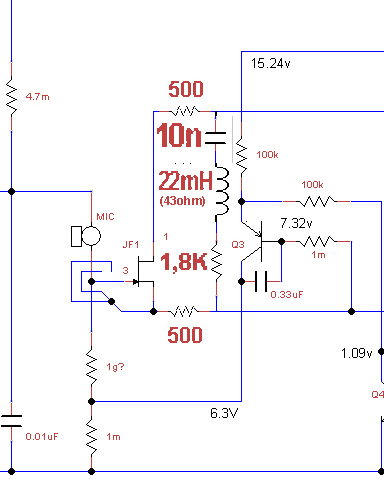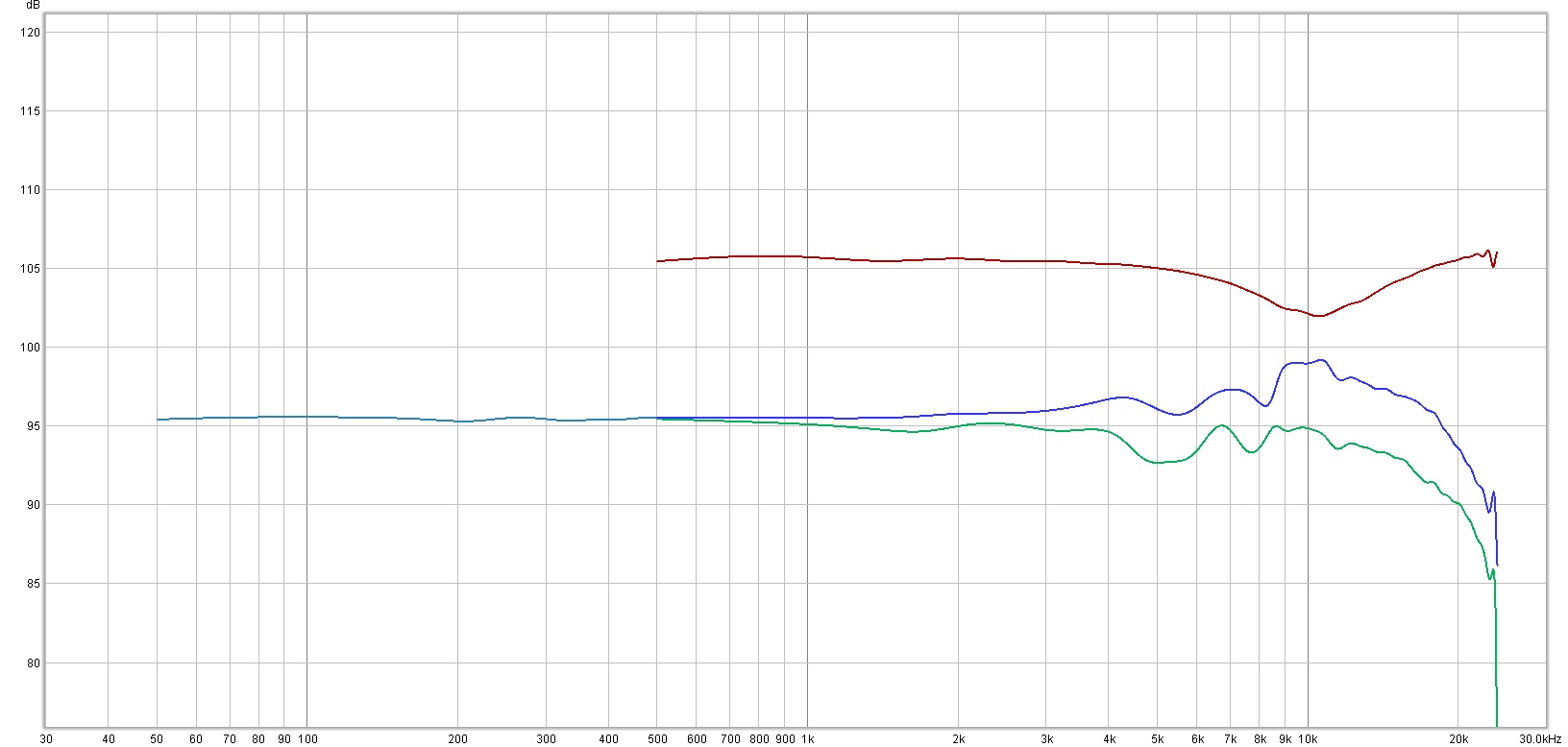Sure. I'm trying to figure out how i can make this mic "better". If anyone has an idea, besides bashing it i'm open to it. I was afraid it could come to "Rode will never sound right" conclusion.
One thing to point out, keep in mind this little thing slays any vintage mic when it comes to noise. Mics are also used for voice overs, tv and radio studios, podcasts.
ASMR is a huge community and NT1 is one of the favorites. Field recording as well! A lot of classic mics wouldn't stand a chance against it, if you take that angle.
And i assure you guys, this microphone is not bright.
I was even thinking about making it a flat cardioid which can be used for measurement, or modeling. The correction curve wouldn't have to be too complex, and noise, capsule manufacture consistency are great features here.
One thing to point out, keep in mind this little thing slays any vintage mic when it comes to noise. Mics are also used for voice overs, tv and radio studios, podcasts.
ASMR is a huge community and NT1 is one of the favorites. Field recording as well! A lot of classic mics wouldn't stand a chance against it, if you take that angle.
And i assure you guys, this microphone is not bright.
I was even thinking about making it a flat cardioid which can be used for measurement, or modeling. The correction curve wouldn't have to be too complex, and noise, capsule manufacture consistency are great features here.



































